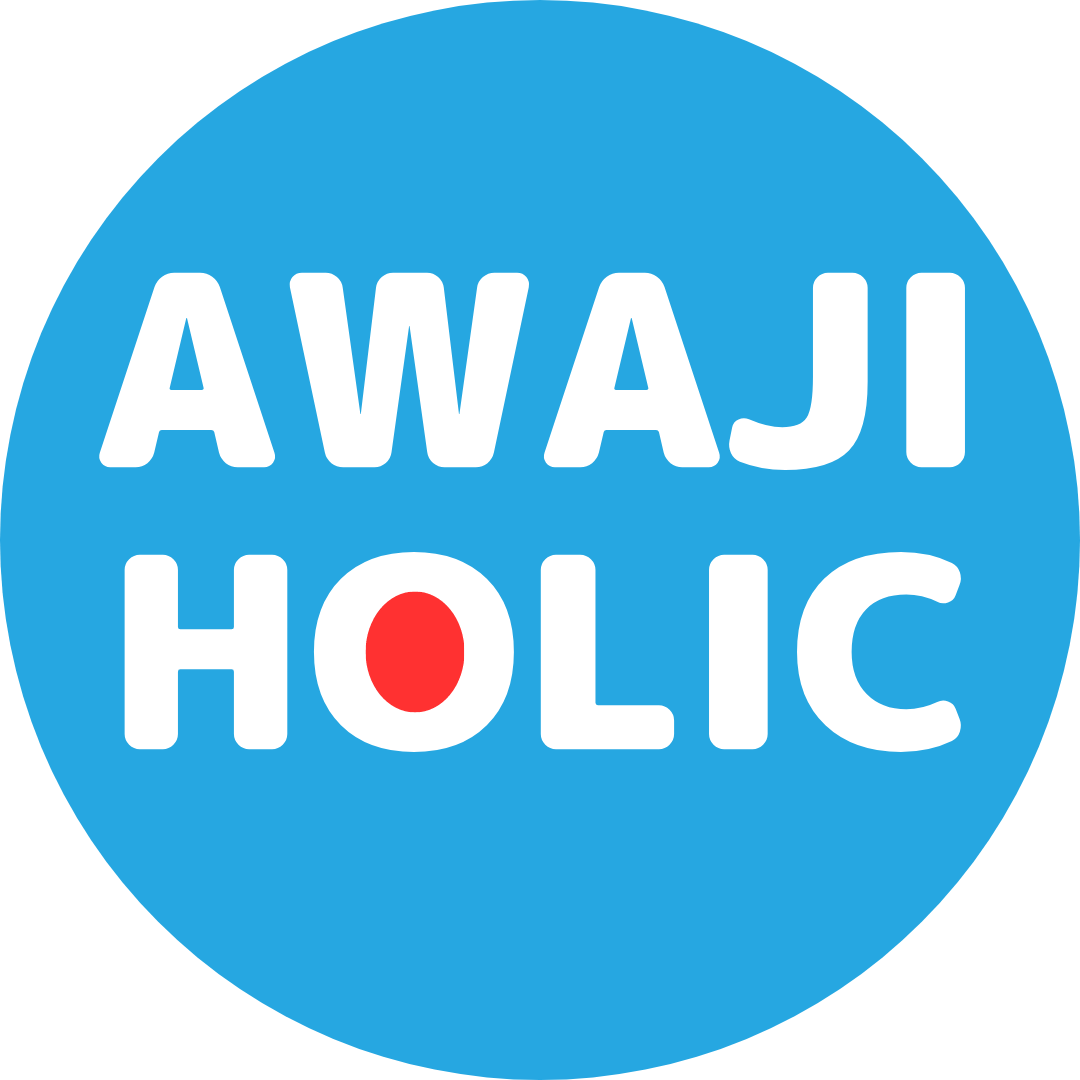Izanagi Jingu is dedicated to Izanagi no Mikoto and Izanami no Mikoto, the gods of nation-birth mentioned at the beginning of Japan's oldest books, Kojiki and Nihonshoki. It is the only shrine in Hyogo Prefecture to have a "Shinto priesthood" and is historically revered as the first shrine in Awaji Province.
According to a myth, Izanami no Mikoto spent the rest of his life on Awaji Island, which is the origin of the shrine. Locals also call it "Ikkusan" and revere it. Traditional festivals are held throughout the year in the shrine as well as "Yo-no-Michirobe" and "Married Couple Kusunoki".
Contents
Tourist points of Izanagi Jingu
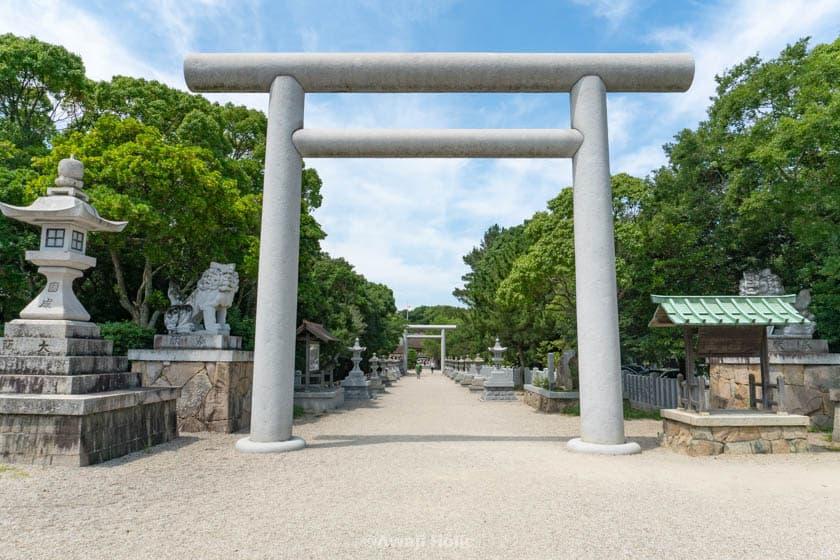
Izanagi Jingu is deeply rooted in Japanese history and mythology. Located in Taga, Awaji City on Awaji Island, the shrine is mentioned in the Kojiki and Nihonshoki, and has the prestige of being the oldest shrine in Japan.
Shrine dedicated to a venerable deity from the myth of the birth of the nation
The origin of Izanagi Jingu is related to Izanagi no Mikoto and Izanami no Mikoto in the myth of the birth of the nation. These two deities played a central role in the myth of the birth of the nation of Japan. After creating many islands, Izanagi spent the rest of his life on Awaji Island. It is said that his mausoleum (tomb) became the origin of Izanagi Shrine.
For an overview of Kojiki and the myth of the birth of the nation, the following video is very informative.
Izanagi Jingu is the only Shinto shrine in Hyogo Prefecture
The fact that there are only 24 shrines with the name "Jingu" in the whole country shows the high prestige of Izanagi Shrine. As the only shrine in Hyogo Prefecture with a long history, this shrine is believed to be inhabited by the divine spirits of Izanagi no Mikoto and Izanami no Mikoto, who are enshrined as husband and wife, and is a popular tourist spot on Awaji Island that attracts many visitors.
Facilities at Izanagi Jingu
Facilities at Izanagi Jingu are as follows.
Married Couple Ookusu and Iwakusu Shrine

Meoto Ookusu (married couple's camphor tree) Next to the main shrine is a 900-year-old "Meoto Ookusu" (married couple's camphor tree). This is a rare tree that was created from two trees that grew into one over a long period of time. The Meoto-Ookusu is believed to be the home of the spirits of Izanagi no Mikoto and Izanami no Mikoto, and is believed to bring good luck in marriage, marital bliss, and the birth of children.
Near the couple's camphor tree is Iwakusu Shrine. Here, the first god born between Izanagi and Izanami is enshrined, Hiruji the Great, and is believed to bring good luck for marital bliss, good marriages, and the birth of children.
Attractions on the approach to the shrine and the Otorii Gate

The approach to the shrine is via a gravel road leading up to the Otorii gate. The first thing that greets you here is the Shinmei-shaped Otorii, one of the largest in Japan, which collapsed during the Great Hanshin-Awaji Earthquake of 1995 but was later rebuilt. From the moment you pass through the Otorii, you will feel a sacred atmosphere and the beginning of your visit to the shrine.
Guide to the Sun and the sun's orbit chart
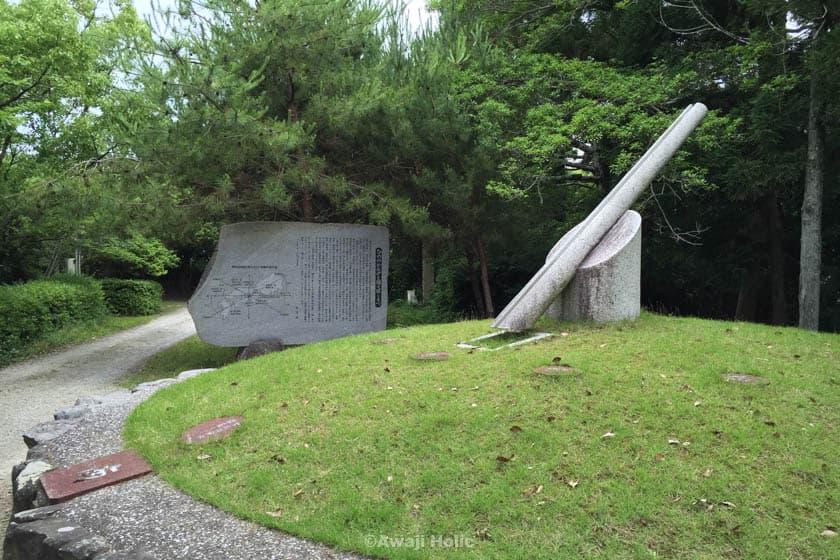
Within the shrine precincts, there is a "Hi no michi shirube,(Guide to the Sun and the sun's orbit chart)" This is a chart of the sun's path with Izanagi Jingu at its center, and other shrines in each direction are also indicated. One can only imagine how the ancient people observed the sun's movement and ascertained the exact direction of the sun, and one is amazed at their wisdom and skill.
Pond of the Gods of release and its background
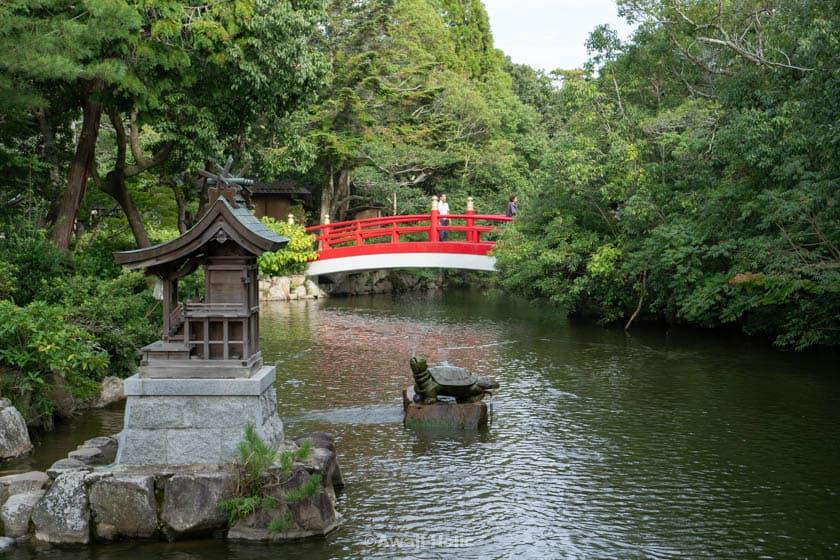
In front of the main gate, past the approach to the shrine, is the Houjo-no-Miike (Pond of the Gods of Release). In the past, the Houjo-no-Miike ritual was held at this pond to release birds and fish to pray for the perpetuation of life. Surrounded by lush greenery, the beautiful pond brings healing and peace to visitors.
Features of the main shrine and the mausoleum of Izanagi no Mikoto
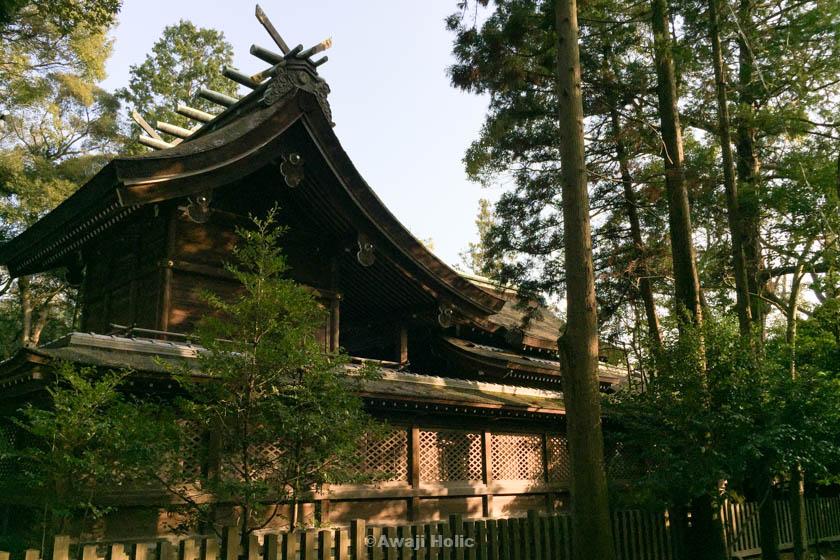
Characteristics of the Main Hall The main hall of Izanagi Jingu is the most sacred place in the shrine, and the building itself is unique. The main hall is built on top of the mausoleum (tomb) of Izanagi no Mikoto, and therefore the main hall is positioned so that it covers the mausoleum. The main hall houses dozens of sacred stones that were built in Izanagi's mausoleum, allowing believers and worshippers to feel their mystical power.
Izanagi no Mikuryo The mausoleum of Izanagi no Mikoto is considered one of the most sacred of all Shinto shrines. Originally, it was considered forbidden ground and the main shrine was built in front of the mausoleum. However, in 1879 (Meiji 12), the main hall was moved to a new location on top of the mausoleum. The mausoleum houses the spirit of Izanagi no Mikoto and attracts many worshippers. Therefore, just looking at the main shrine from the outside, one is enveloped in a mysterious atmosphere.
Red seals and their reception locations

At Izanagi Shrine, visitors can obtain a red seal (goshu-in, a seal of approval of the shrine). Goshuin (red seal) is an important item for visitors to prove their visit to the shrine and to receive benefits from the shrine. Goshuin can be obtained at the Goshuin reception desk located immediately after entering the main gate of the shrine. Original red seal books are also available for purchase, and red seals can be placed there.
Sazareishi Monument and its meaning
There is also a "Sazareishi Monument" on the road. A "gravel stone" is a stone that appears in the lyrics of the national anthem "Kimigayo," and refers to a small stone that has become a block of rock over a long period of time. The two types of stones, one from Awaji Island and the other from Kumamoto Prefecture, are placed here, allowing visitors to ponder the formation process and history of the stones.
Sau Jinjya and blessings for curing eye diseases
There are also several auxiliary shrines within the precincts of the shrine, the most notable of which is the "Sau Jinjya. This shrine enshrines two deities: Amaterasu no Mikami, the deity born of Izanagi's left eye, and Tsukuyomi-no-mikoto, the deity born of his right eye. These deities are believed to bring blessings for the healing of eye diseases, making the shrine an important place for worshippers who wish for good eye health.
Approximate time required to visit Izanagi Jingu
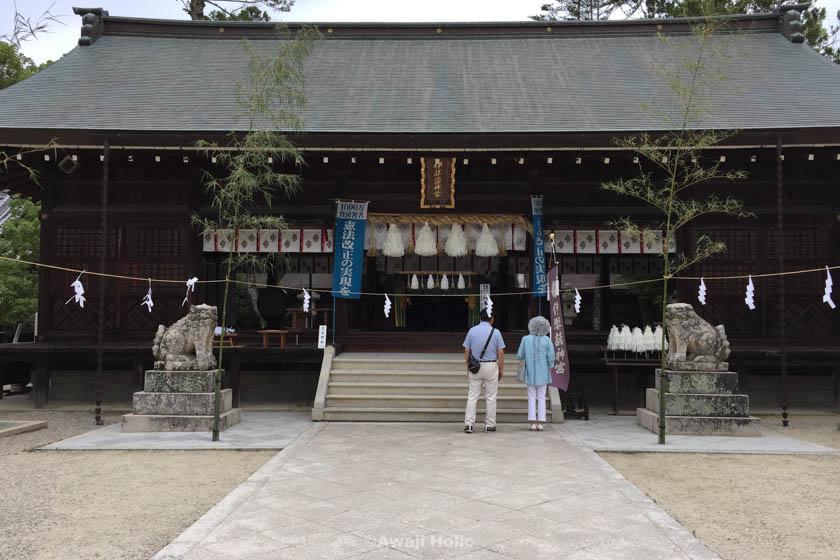
When visiting Izanagi Jingu, it is important to know the estimated time required to visit. The following is an estimate of the time it generally takes to visit the shrine, but it may vary depending on the season and how crowded the shrine is.
- Walking around the shrine grounds: The grounds of Izanagi Jingu are vast, with historic buildings and natural beauty to be enjoyed. Visitors should allow approximately 30 minutes to one hour for a leisurely stroll through the shrine grounds.
- Hours of visitation: The time required to visit the main shrine and regent shrines varies depending on your personal beliefs and prayers. When visiting the shrine, visitors are required to make a monetary donation and purify themselves at the Tezumisha. Consider 10 to 15 minutes for this process.
- Married Couple Ookusu and Iwanokusu Shrine: When visiting the Married Couple Ookusu and Iwanokusu Shrine, visitors should allow 30 minutes to one hour for the combined time spent at each location.
- Red Seal Reception: It may take 15 to 30 minutes to receive a red seal, including the time to wait at the reception desk.
In total, you should allow approximately 1.5 to 2.5 hours for the entire visit to Izanagi Jingu to enjoy the shrine at your leisure. We recommend that you allow plenty of time for your visit, especially on days or during the season when crowds are expected.
Izanagi Jingu Basic Information
| Name | Izanagi Jingu |
| Address | 740 Taga, Awaji City, Hyogo Prefecture |
| Phone | 0799-80-5001 |
| Official WEB | https://kuniuminoshima.jp/ |
| Opening hours | Open all day (except for the shrine office, which is open from 8:30 a.m. to 5:00 p.m.) |
| Closed | Open all year round |
| Admission | Free |
| Parking | Yes |
| Parking fee | Free |
| Access | By car: 5 minutes from Tsuna Ichinomiya IC Bus: 41 min. by highway bus from JR Maiko Station to Izanagi Jingu-mae bus stop (5 buses a day) |
